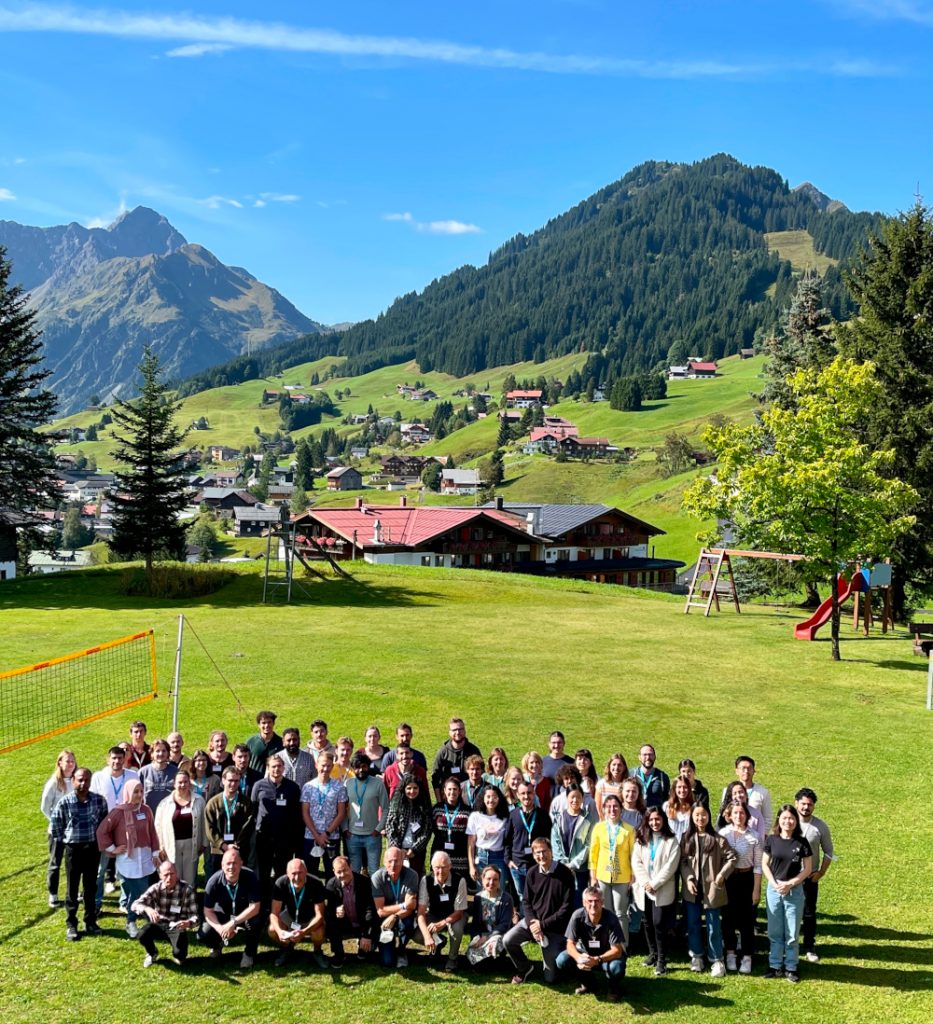
By Ivona Kafedjiska.
The doctoral researchers at HZB who are working in the field of solar cells might all have different research interests and varying educational backgrounds, but we all agree on one point: attending the QUANTSOL summer school in Hirschegg, Austria is a must.
Ever since I started my Ph.D. at the end of 2018, I wanted to go to the QUANTSOL summer school. In 2019, I thought I could wait until I am more advanced in my research project, but then the pandemic lead to a two-year halt of the school. When I read the announcement that the school would take place this year, I sent my application without any hesitation. Receiving the acceptance letter was a joyful moment.
Corona Precautions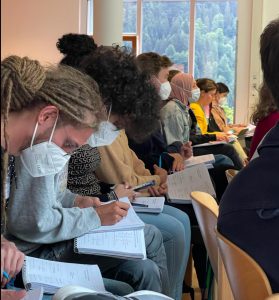
Couple of weeks before heading to Hirschegg, all participants received an e-mail with instructions of how the school would be regulated amid a still ongoing pandemic. We were making a rapid antigen test as soon as we woke up and only after we presented a negative result, we were allowed to have breakfast and join the lectures. Masks were also mandatory during lectures and all indoor activities, except for the very dance-focused goodbye party on the last evening.
What to expect in QUANTSOL
The QUANTSOL summer school is a mixture of theoretical lectures, practical sessions, and beautiful hikes in the Austrian alps. There is something very special, almost attitude and mind-shifting, when you wake up and your eyes ponder upon harmonious greenlands and stoic mountaintops. Your body lets go of all the everyday tension, which many of us have been carrying around due to the pandemic and all the stress it brought at work and home, and is immediately more focused, more centered, more ready to absorb all the new information that will be thrown at you during the intense program at the summer school.
A tight schedule
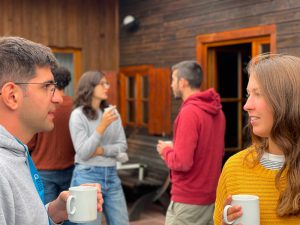 Counting the arrival and departure days, this year’s summer school took place from 4th to 11th of September. With the exception of Wednesday, 7th of September, which was reserved for a day-long hike based on our preference, all days started with lectures at 8:30. On Monday, all fifty participants from five continents had small introductory talks focusing on our research and hobbies. This really helped us to get to know each other better and initiate collaborations and friendships.
Counting the arrival and departure days, this year’s summer school took place from 4th to 11th of September. With the exception of Wednesday, 7th of September, which was reserved for a day-long hike based on our preference, all days started with lectures at 8:30. On Monday, all fifty participants from five continents had small introductory talks focusing on our research and hobbies. This really helped us to get to know each other better and initiate collaborations and friendships.
Starting at around 13:00 o’clock, there was almost a two and a half hours long lunch break, which many of us used to hike around the area and enjoy the fresh air. Between 16:00 and 18:00 o’clock, there were two more lectures, then dinner, and then practical sessions focusing on the electrical and optical simulations of solar cells.
Work-Life-Balance or Joy of Physics?
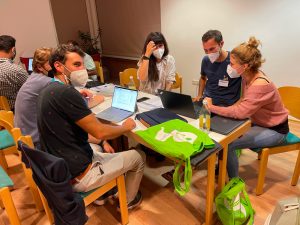
Despite the organizers’ ambitious scheduling that these practical sessions should last only for around one hour, many of us stayed until later in the evening. The first night we were working on the electrical simulations of solar cells. Thomas Kirchartz, who guided us during these simulations, by around 22:00 o’clock tried to explain us the unfamiliar concept of “work-life balance” and the body’s neurological requirement for sleep. To be honest, I think we all understand the physics of solar cells a lot better than this vague term of “work-life balance” since, despite his warnings, we all continued with the simulations in MatLab until later that evening.
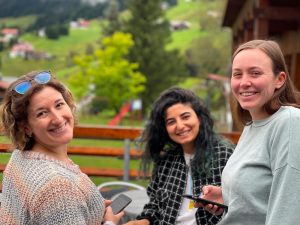
The summer school program:
Klaus Jäger talked about the general aspects of climate change and the PV’s journey towards the TeraWatt-scale. Peter Würfel, the author of the outstanding book “Physics of Solar Cells”, gave a well-structured overview on semiconductor basics. Roel van de Krol talked about (photo)electrochemistry and hydrogen production. Thomas Kirchartz taught us about the electrical, while Rudi Santbergen taught us about the optical simulations of solar cells. Susanne Siebentritt focused on thin-film chalcogenide solar cells, Eva Unger on perovskite solar cells, Klaus Lips on silicon solar cells, and Kees Hummelen on organic solar cells. Thomas Hannappel talked about the means of obtaining higher efficiencies either via concentrated or multi-junction PV. Finally, Thomas Unold talked about grain boundaries and accelerated discovery of novel PV materials.
The discussions that followed after each lecture were just as insightful as the lectures themselves. They are of particular importance also for our networking, since often these discussions would end with “I am doing these measurements and I would be willing to collaborate with you”, or “I have worked on that publication and I can answer your questions about it”.
Working together
The week came to an end in a blink of an eye. Saturday afternoon was reserved for more light activities. First, there was the announcement of four students’ awards: for the best electrical simulation of solar cells, for the best optical simulation of solar cells, for making a perfect, defect-free silicon crystal, and for the most active summer-school student. Next, we had a photo and video session by couple of students where we saw some nice pictures of the hikes, then engaged in a funny quiz, and finally, we enjoyed a very fun goodbye party.
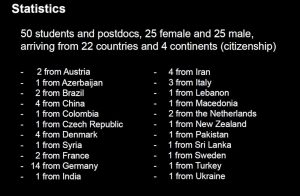 QUANTSOL will definitely remain in my memory as one of the nicest events during my Ph.D., with hopes that I can meet some of the people again. Until that moment when science will bring us together again – I am wishing everyone a fruitful scientific career, a creative mind to continue seeking the solutions for the global problems we are facing today, and an everlasting wish to collaborate and exchange ideas with researchers from all around the world.
QUANTSOL will definitely remain in my memory as one of the nicest events during my Ph.D., with hopes that I can meet some of the people again. Until that moment when science will bring us together again – I am wishing everyone a fruitful scientific career, a creative mind to continue seeking the solutions for the global problems we are facing today, and an everlasting wish to collaborate and exchange ideas with researchers from all around the world.
Ivona Kafedjiska is a doctoral researcher at PVcomB. On twitter: @kafedjiska
